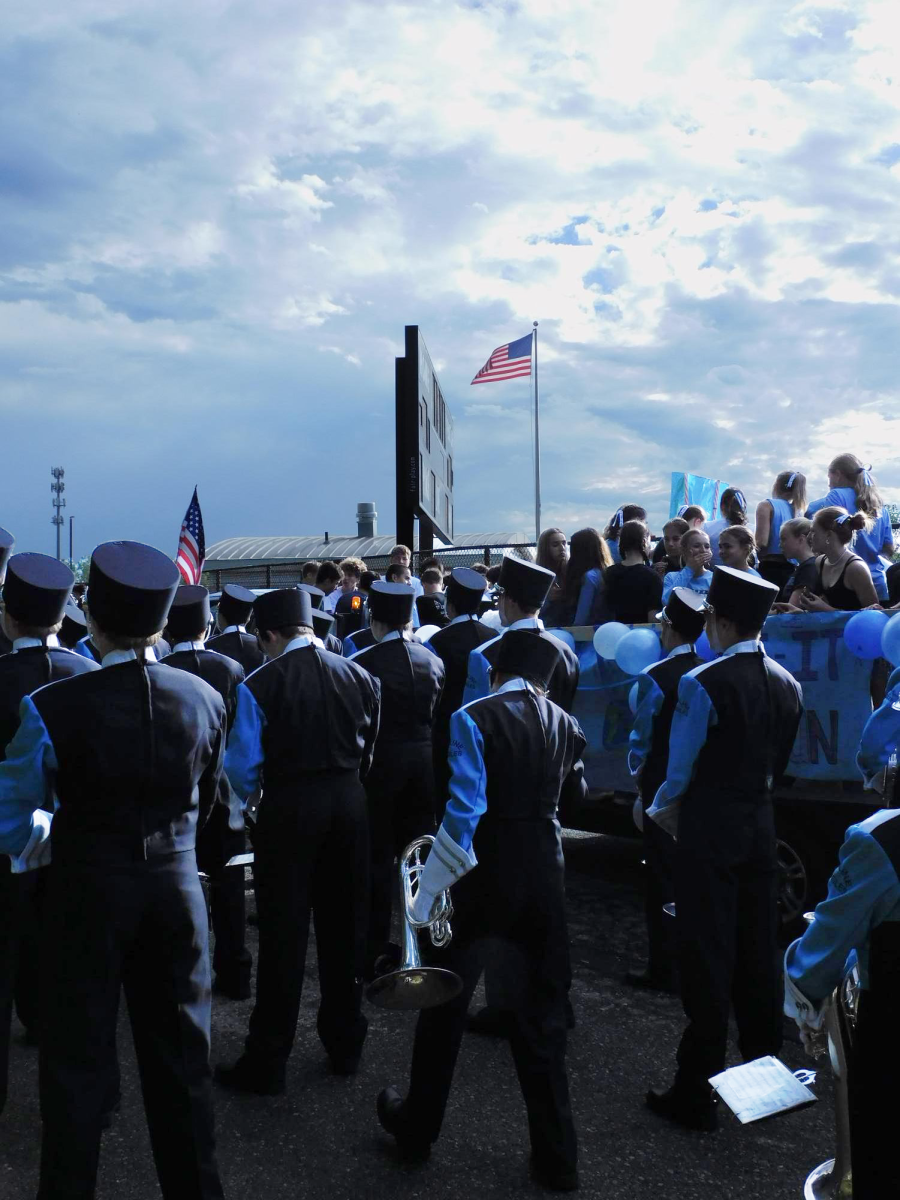Climate change is on the minds of many students at Skyline and oftentimes, it can make students feel hopeless. However, many students are working hard to go above and beyond to make concrete changes.
Carbon and methane emissions are one of the leading triggers of climate change. “We’re experiencing climate change on a first hand basis so we’re really feeling it ourselves,” says Helen Kucinski (‘23), co-founder of the Environmental Sustainability Club at Skyline. “We’re focusing a lot on emissions, specifically carbon dioxide emission, but I think there is a lot more to the problem than that,”
While climate change is caused by greenhouse gasses, there is more to maintaining a healthy environment than just taking care of emissions. “For example,” says Kucinski, “locally we have a problem with polluted water sources such as the dioxane plume which is very, very close to Skyline above and below.”
Students already feel very busy and it can feel demanding to ask people to take their already limited free time to make active contributions to healing our planet. Many students make up for not being able to help during high school by planning to enter job fields that would make a difference. “I feel like it’s our job to fix what the current path is on,” says Mason Johnson (‘23). “I am interested in environmental science and renewable energy…I would love to work a job where I could do research to help.”
However, there are other less time-consuming alternatives to help support our planet. “Advocating for better planning of cities to reduce carbon emissions from cars,” adds Kucinski, “or anything really, where [students] can use their voice to advocate to higher authorities who have the power to make changes.”
Education is another way to make real change. “People need to be informed about how what they do daily affects the environment,” says Kucincski. “Things like their diet or transportation…things they have control over.”
Change in technology happens so swiftly that sometimes important breakthroughs are swept past. Recently, scientists studying fusion energy at Lawrence Livermore National Laboratory in California performed the first fusion reaction that resulted in more energy being released than it took to perform the reaction. The goal of nuclear fusion is clean energy since it theoretically is zero-emission and since it is the goal of many scientists to be zero-emission by 2050. “It’s a great accomplishment!” says Johnson. “I think that it could be a great future power source.”
However, it is also important to consider any potential drawbacks. “With this new development in technology, there’s a potential for people to completely disregard their actions,” says Kucinski. “For example, ‘oh we can have net-0 emissions…via this technology, so we’re going to completely pollute everything else.’”
If you find yourself wanting to help while at Skyline, you can seek out the Environmental sustainability club which meets in room C412 on Thursdays.
If you’re curious about your carbon footprint, there are great organizations out there that offer a great place to start, like Sierra Club or the National Resources Defense Council (NRDC).








